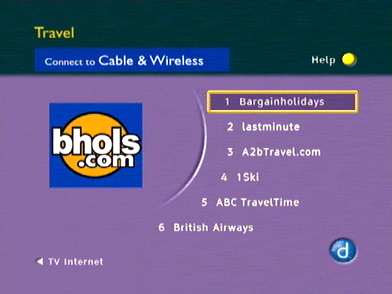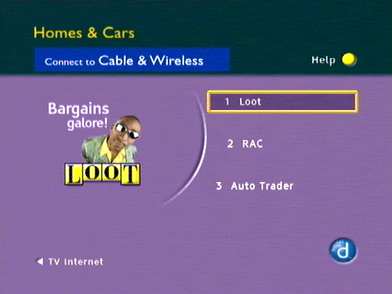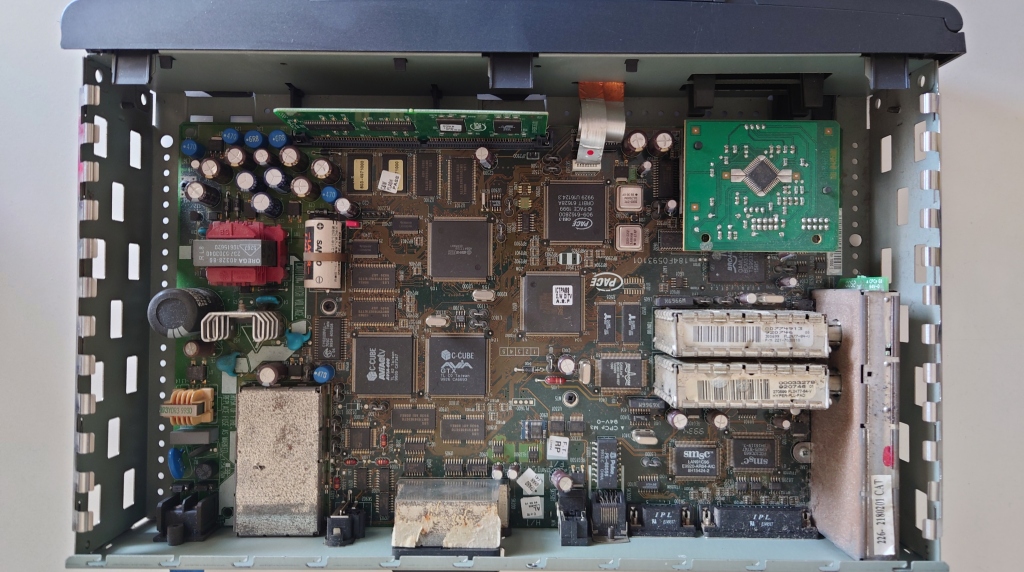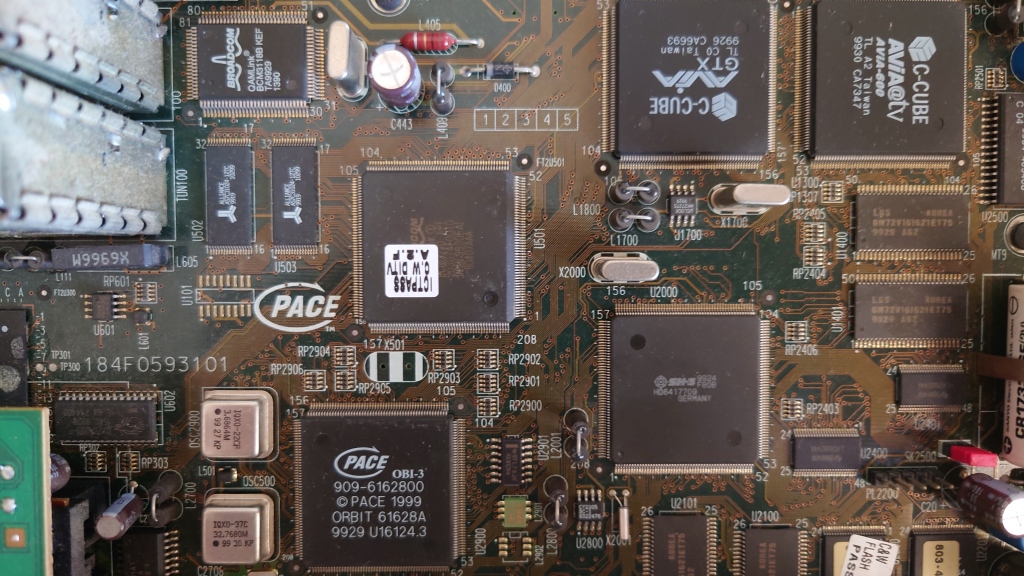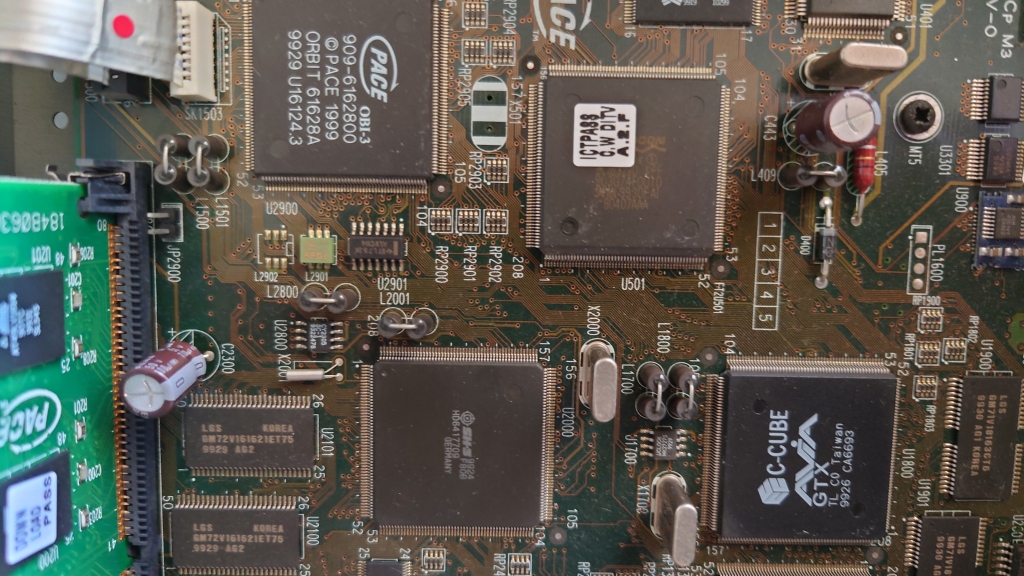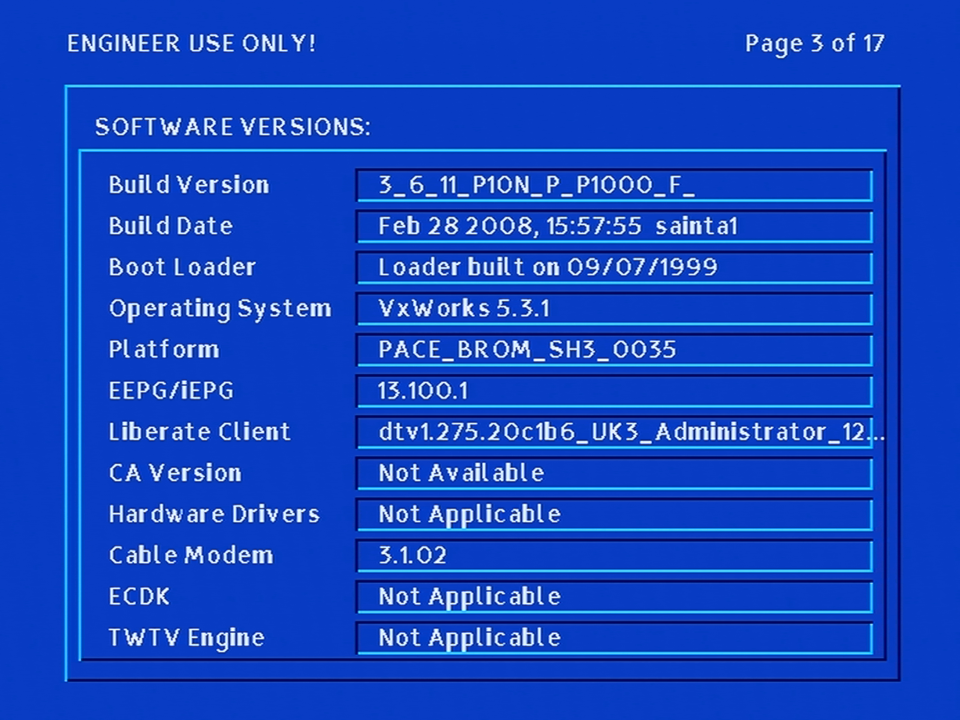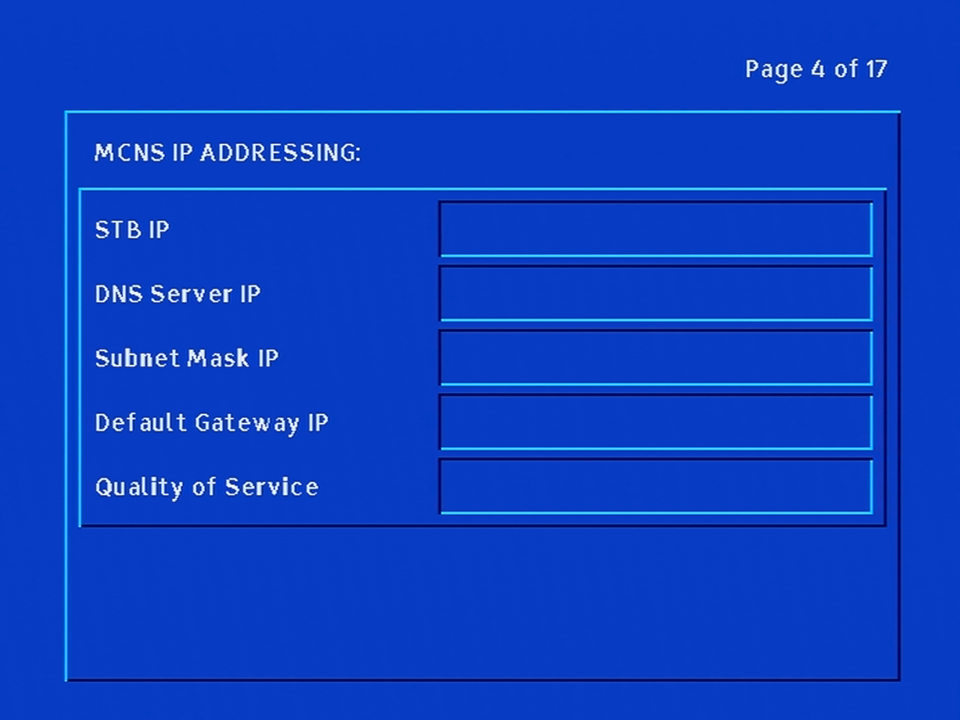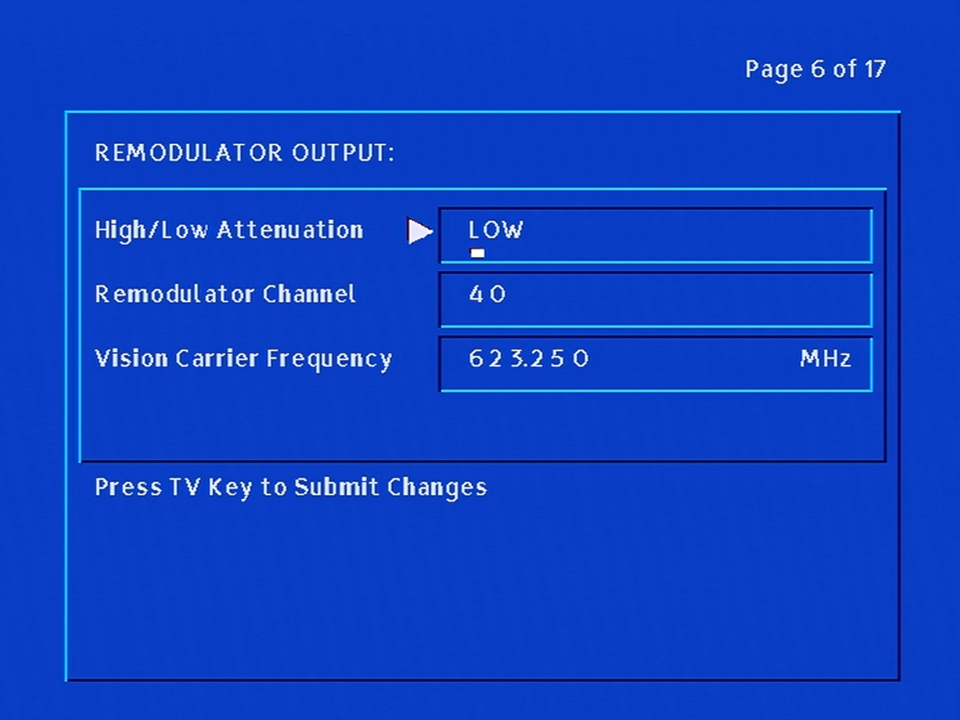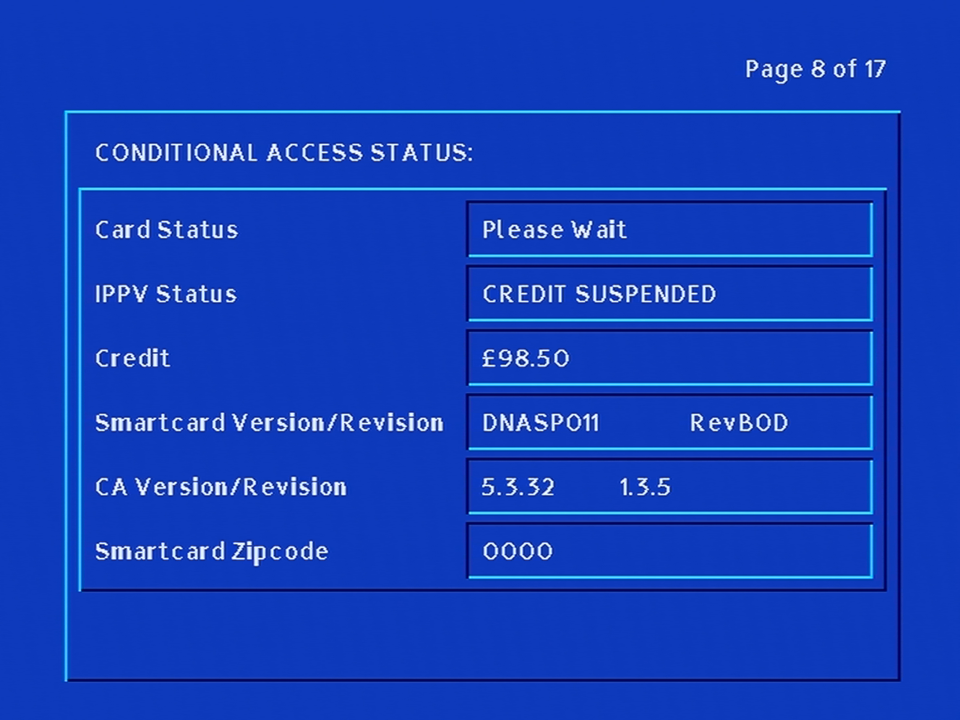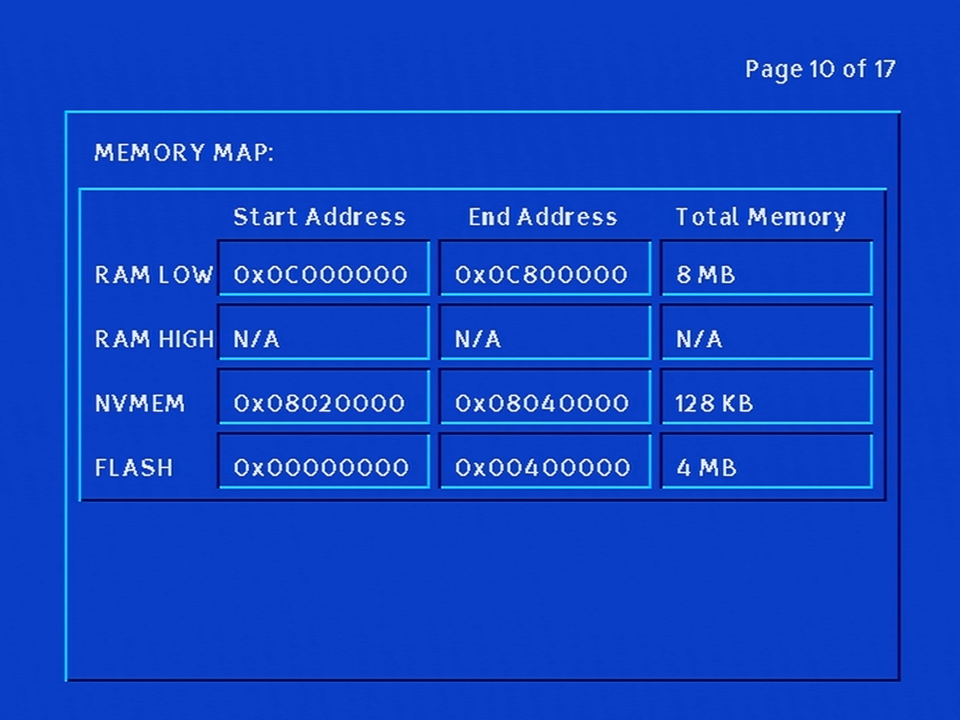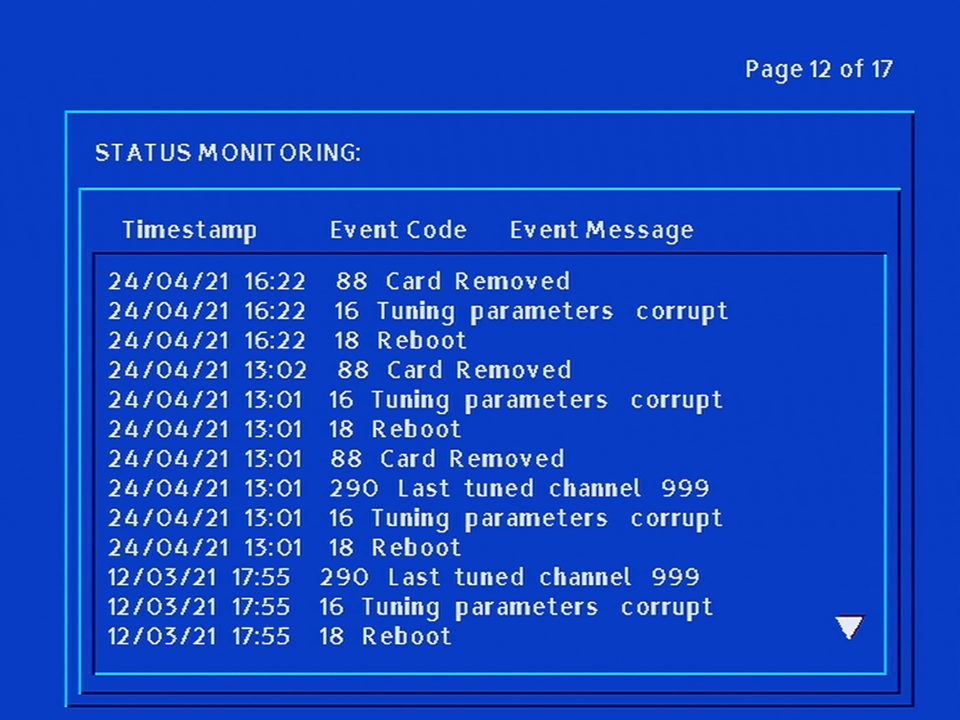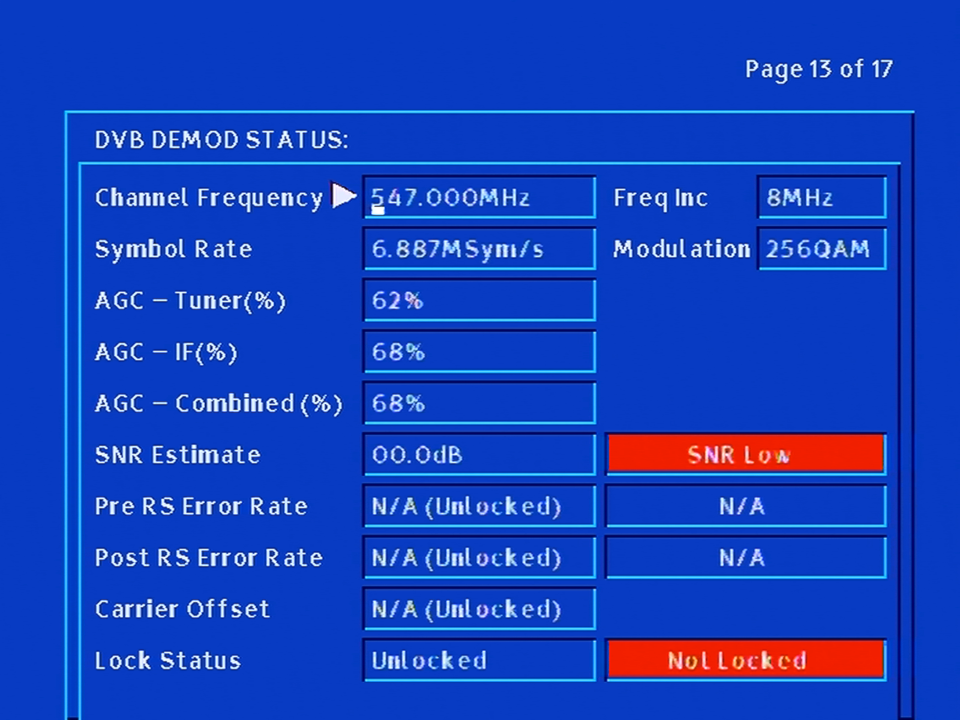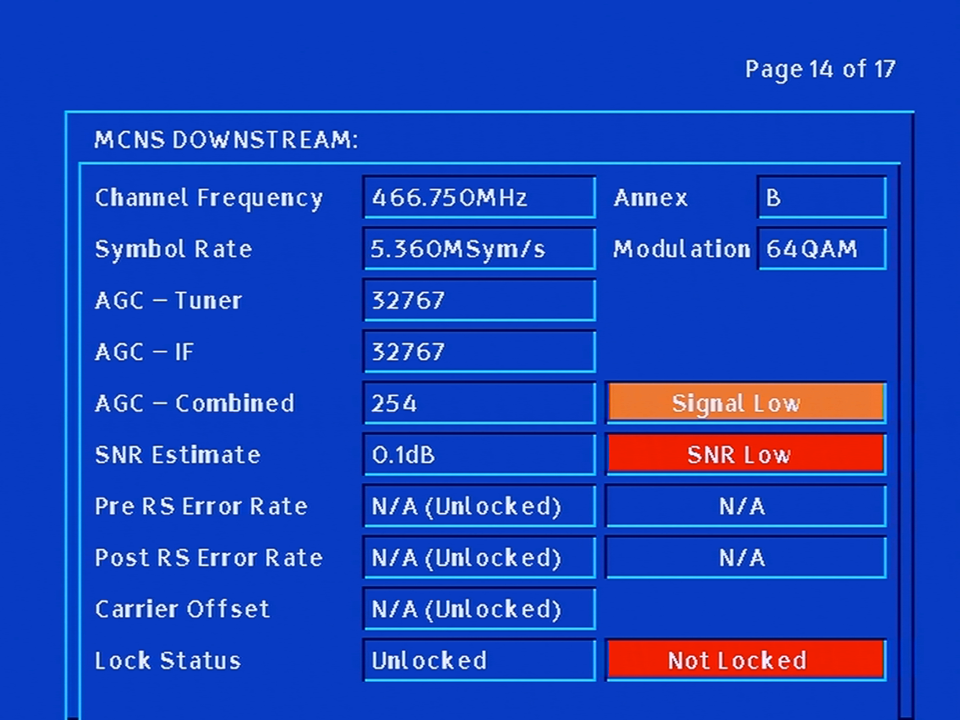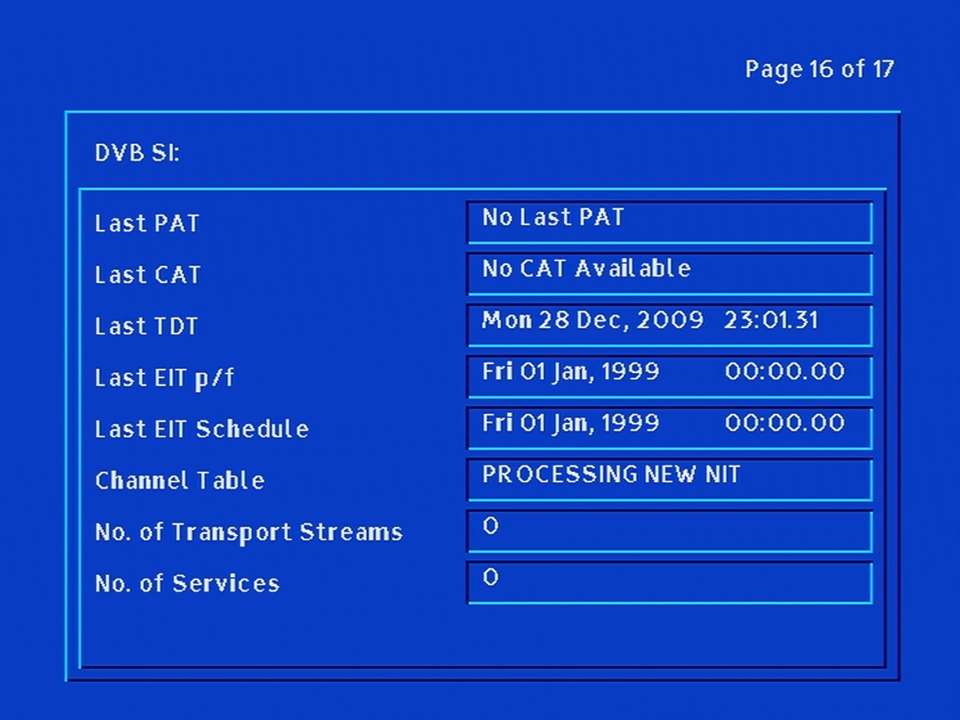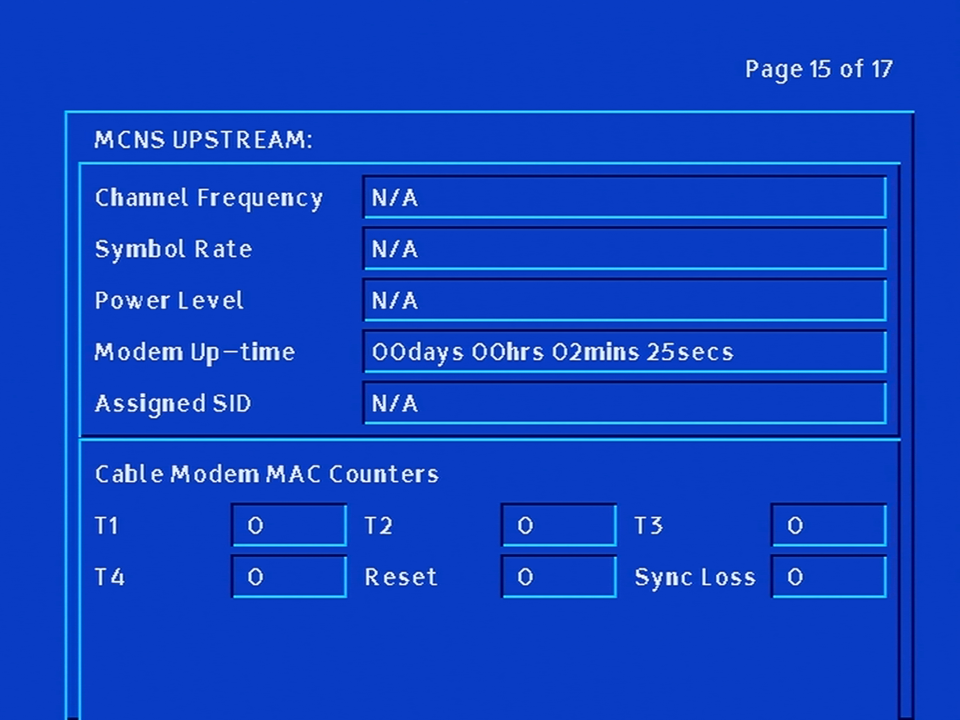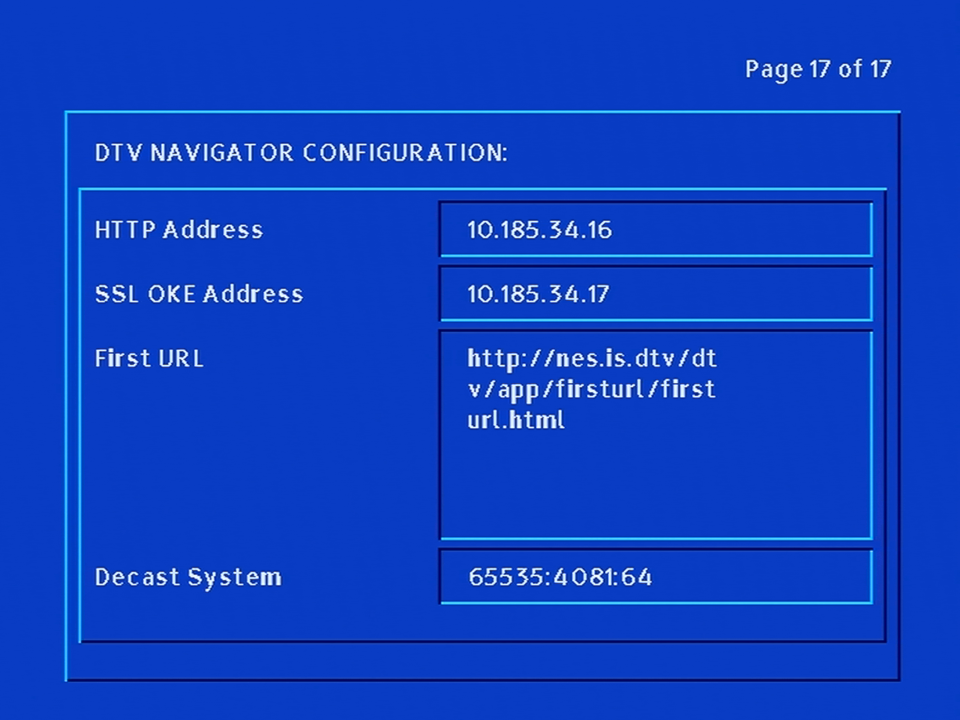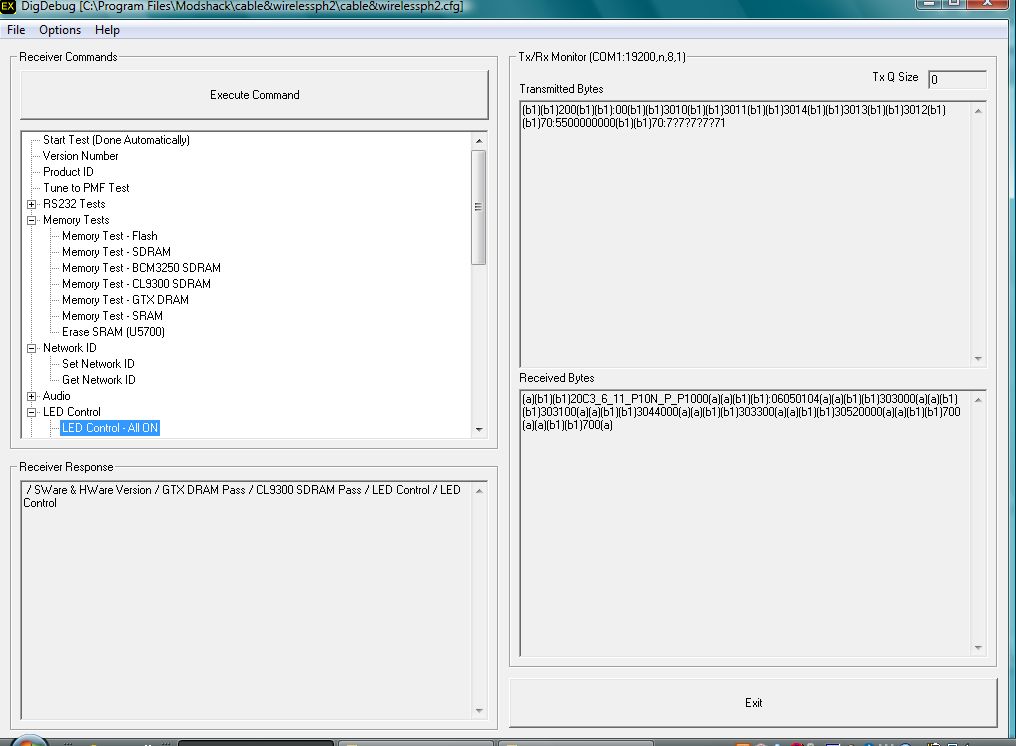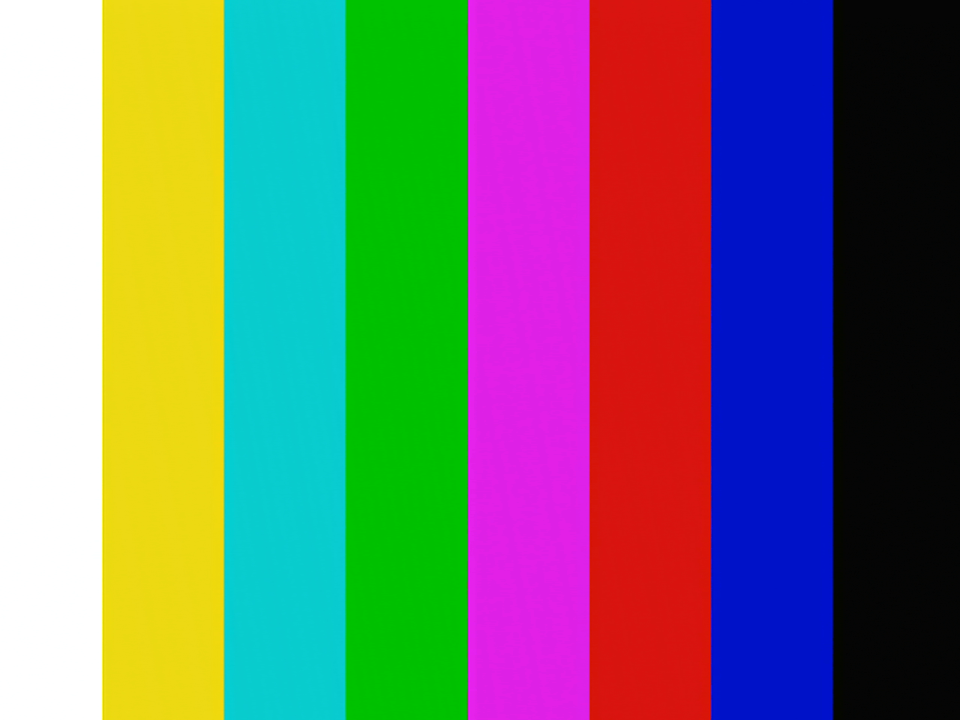
The channel banner that shows now and next information. Also supports transparency, a feature of the C-Cube GPU that was in the early Pace boxes

Future events can be found by navigating through the banner

Reminds can be set for future events, this predates the Sky personal planner which wouldn’t debut until 200. Don’t know why the symbol is upside down?

Viewing information about the show itself

The main home screen that appears when you press TV Guide, looks very similar to the Telewest version

The early EPG that was used on these cable guides was known as at-a-glance, and used a grid style layout to show channel listings

Sorting channels by genre
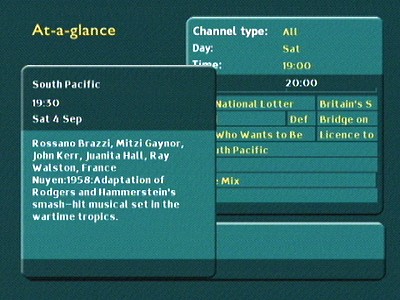
Pressing the i button gives detailed information about the upcoming show

Reminder notification, not sure if the STB will switch over automatically to the show being broadcast
TV on Demand
This is basically a near VOD service similar to Sky Box Office of the time, as true VOD would not launch until the ntl era, 2005
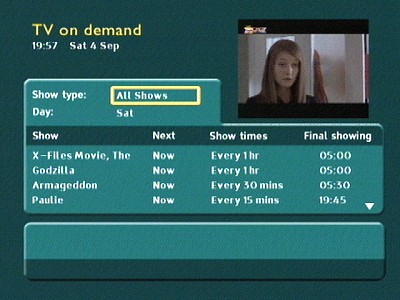
Main on demand screen with a list off currently showing events

Sample error/information box, on this one a warning is shown when the user is watching a copy protected movie
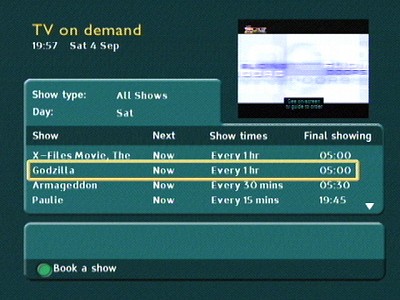
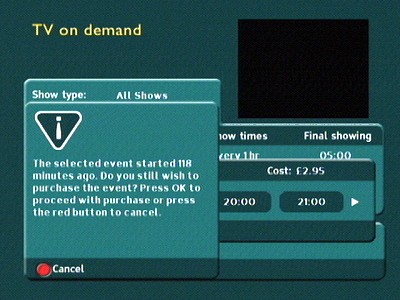
If the event is already showing a warning messages informing you will appear
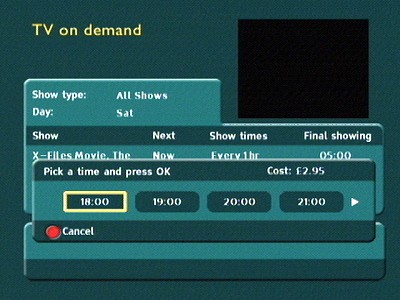
Selecting the preferred start time

Updating VOD listings
Preferences

Settings area where favorite channels and preferences can be amended
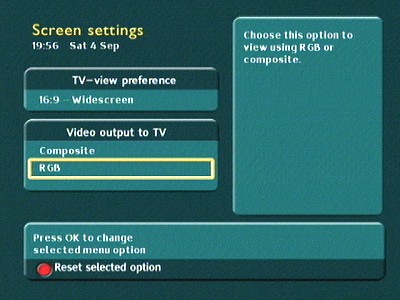
Display aspect ratio can be changed, along with the scart output (Composite and RGB Scart)

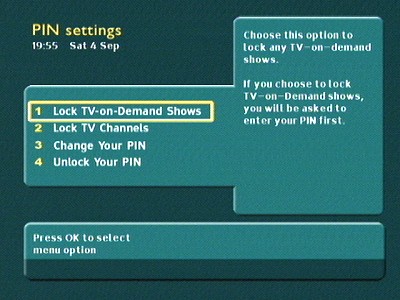
Pin control to restrict TV events and channels
Interactive
A few captures of interactive sites that were available at the time, interactive launched in mid 2000 and was built on the Liberate navigator platform. Initial reception to the service was problematic, with issues bring the service being slow to load and some pages refusing to load likely due to the demands being placed on the server and lack of capacity. Supposedly this was due to the DOCSIS upstream being used to upload data as it was meant to, but the downstream being sent over the broadcast/DVB-C as opposed to DOCSIS, likely a carousel based system like Sky and ONdigital did.
Cable & Wireless planned to have up to 100 websites, with a lot being based on a cut down version to be displayed on a standard definition TV. Many sites can be loaded and accessed using a special URL which loads the homepage that the cable services uses.
ITN – Archive Interactive service
Enhanced interactive services were due to be made avaliable later, these used technology developed by TwoWayTV and would have used the full capabilities of the digital services to deliver interactive games and multimedia.
Comparisions
The first generation software was designed and built by Pace, with the operator customizing the end interface of the guide. All follow a very similar design language, which would be replaced by a Liberate HTML based EPG in later revisions for both ntl and Telewest


Telewest Active Digital Guide 1999 
ntl CR2 Bromley
Fate
Cable&Wireless home division was acquired by ntl who started merging the network operations with their own digital service. Cable&Wireless customers saw their EPG being rebranded using the ntl design scheme, and would be replaced entirely with ntl CR2. Initially both platforms were ran separately as they differed in return path and SI technology, which made integration difficult. After some time the two platforms would be unified with the Langley CR3 software. After ntl and Telewest merged, the Virgin media guide would be pushed to customers in 2007



